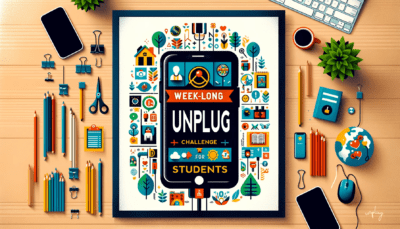A Step-by-Step Guide for Mindful Tech Consumption
It’s easy to lose track of how much time we spend on our digital devices. This can lead to increased stress, disrupted sleep patterns, and a general feeling overwhelmed. One effective way to combat this is by creating a Digital Usage Log. We will guide you through creating and maintaining a Digital Usage Log, helping you become more mindful of your digital habits.
What is a Digital Usage Log?
A Digital Usage Log records your time on various digital devices, including smartphones, computers, tablets, and even televisions. It involves noting down the duration, purpose, and impact of each usage session. The goal is to gain awareness of your digital consumption patterns and identify areas where you can reduce unnecessary screen time.
Why Keep a Digital Usage Log?
The benefits of keeping a Digital Usage Log are multifold:
- Increased Awareness: By tracking your digital habits, you become more aware of how much time you spend online.
- Identifying Time-Wasters: You can pinpoint apps or activities that consume a significant portion of your time without adding value.
- Balancing Online and Offline Life: It helps you find a healthier balance between digital and real-world interactions.
- Improving Mental Health: Reducing excessive screen time can lead to better sleep, lower stress levels, and improved overall well-being.
How to Create Your Digital Usage Log
Step 1: Choose Your Medium
First, decide how you want to keep your log. You can use a simple notebook, a digital spreadsheet, or specialized apps designed for tracking time.
Step 2: Set Specific Times for Logging
Determine when you’ll update your log. It could be after every digital session, at the end of the day, or at set intervals throughout the day.
Step 3: Log Your Digital Activity
Each time you use a digital device, record:
- Device Used: Smartphone, computer, tablet, etc.
- Activity: Browsing, working, gaming, social media, etc.
- Start and End Time: This helps calculate the duration.
- Purpose: Work, leisure, communication, etc.
- Mood Before and After: Note any mood or stress level changes.
Step 4: Review and Reflect
At the end of each week, review your log. Look for patterns and ask yourself:
- Which activities consume the most time?
- Are there any surprises in how you’re using your time?
- How does screen time affect your mood?
- What changes can you make to improve your digital well-being?
Tips for Effective Digital Usage Logging
- Be Honest: The log is for your benefit, so be as accurate and honest as possible.
- Include All Devices: Don’t forget to log time spent on less obvious devices like e-readers or smartwatches.
- Stay Consistent: Make logging a daily habit for the best insights.
- Use Tools to Help: If manual logging is challenging, use digital well-being features on your devices or time-tracking apps to assist you.
Overcoming Challenges
- Forgetting to Log: Set reminders or alarms to help you remember to update your log.
- Feeling Overwhelmed: Start small. Begin by tracking only a portion of your day or certain devices.
- Resisting Change: Acknowledge that change is hard. Celebrate small victories and be patient with yourself.
Integrating Insights into Your Life
Once you have a few weeks of data, start making minor adjustments. Perhaps designate tech-free times, unfollow unhelpful social media accounts, or substitute digital activities with offline hobbies. The key is using your log’s insights to create a more balanced digital life. Remember, the goal isn’t to eliminate digital usage but to create a more intentional and balanced relationship with technology.





